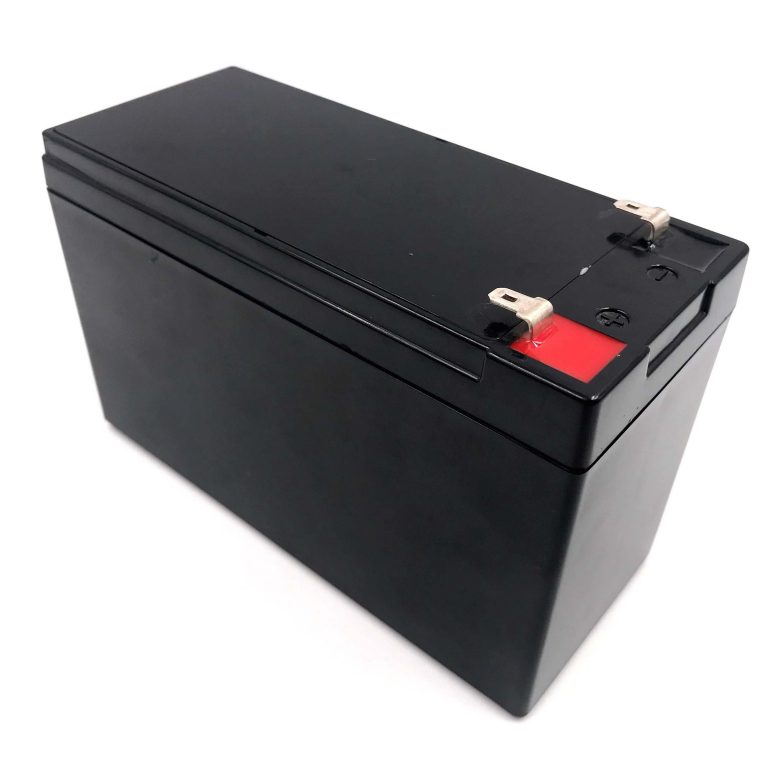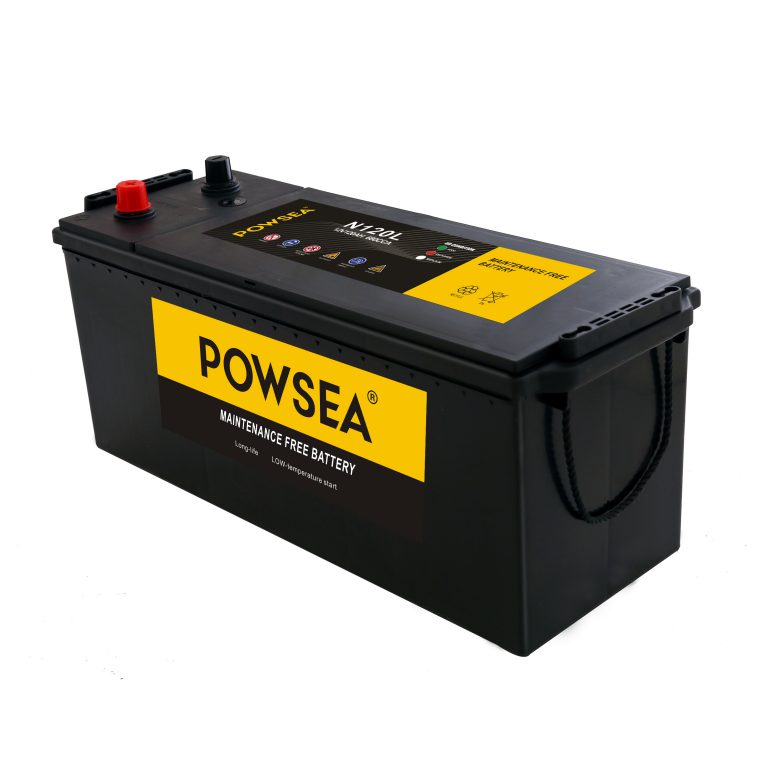Gel Battery vs Lead Acid: A Comprehensive Comparison
Gel Battery vs Lead Acid, things you should know about.
1. Development History: A Timeline
Lead-acid batteries have been the foundation of rechargeable battery technology since their invention by Gaston Planté in 1859. They became widely used due to their reliability and cost-effectiveness. Gel batteries, developed in the 1950s, improved upon traditional lead-acid batteries by using a gelled electrolyte, making them safer and more durable.
Key Milestones:
- 1859 – Gaston Planté invents the first rechargeable lead-acid battery.
- 1881 – Camille Alphonse Faure introduces pasted plates, enabling mass production.
- 1957 – Otto Jache develops the gel battery, making it spill-proof and maintenance-free.
- 1980s-2000s – Advancements in gel batteries improve their performance for deep-cycle applications.
- Present Day – Lead-acid and gel batteries continue evolving with improvements in materials and manufacturing processes.
2. Working Principle and Chemical Composition
Lead-Acid Battery Working Principle:
- Consists of lead dioxide (PbO₂) as the positive plate and sponge lead (Pb) as the negative plate, immersed in a sulfuric acid (H₂SO₄) electrolyte.
- During discharge:
- Lead dioxide and sponge lead react with sulfuric acid to form lead sulfate (PbSO₄), releasing electrons that generate electrical current.
- During charging:
- The reaction is reversed, converting lead sulfate back into lead dioxide and sponge lead while restoring sulfuric acid concentration.
Gel Battery Working Principle:
- Functions similarly to lead-acid batteries but with a key difference:
- The sulfuric acid electrolyte is mixed with silica to form a gel-like consistency, immobilizing the electrolyte.
- This prevents spills, reduces water loss, and allows for deep discharge without significant damage.
Chemical Composition Comparison:
| Component | Lead-Acid Battery | Gel Battery |
|---|---|---|
| Positive Plate | Lead dioxide (PbO₂) | Lead dioxide (PbO₂) |
| Negative Plate | Sponge lead (Pb) | Sponge lead (Pb) |
| Electrolyte | Liquid sulfuric acid (H₂SO₄) | Sulfuric acid gel (H₂SO₄ + silica) |
| Separator | Absorbent Glass Mat (AGM) or polyethylene | Microporous separator |
| Charge Cycle Reaction | Pb + PbO₂ + 2H₂SO₄ ⇌ 2PbSO₄ + 2H₂O | Same as lead-acid, but immobilized electrolyte reduces evaporation |
3. Technological Innovations and Manufacturing Advancements
Lead-Acid Battery Advancements:
- Improved grid structure for better conductivity.
- Absorbent Glass Mat (AGM) introduced for better efficiency and durability.
- Smart charging technology to enhance battery life.
Gel Battery Innovations:
- Silica-based electrolyte prevents spillage and evaporation.
- Better resistance to deep discharge and vibration.
- Enhanced cycle life due to lower internal corrosion and self-discharge rates.
4. Pros and Cons
| Feature | Lead-Acid Battery | Gel Battery |
|---|---|---|
| Maintenance | Requires water refilling and ventilation. | Maintenance-free, no water refilling needed. |
| Lifespan | 300-500 cycles. | 500-1000 cycles. |
| Deep Discharge | Less tolerant, reduces longevity. | Handles deep discharge better. |
| Charging Speed | Faster charging but risks overcharging. | Slower charging but safer. |
| Cost | Lower upfront cost. | More expensive but cost-effective long-term. |
| Spill & Safety | Prone to leaks. | Leak-proof and safer. |
5. Cost and Price Comparison
| Battery Type | Initial Cost | Long-Term Cost | Lifespan |
|---|---|---|---|
| Lead-Acid | $50-$150 | Higher due to maintenance & shorter lifespan | 3-5 years |
| Gel Battery | $150-$300 | Lower due to long cycle life & maintenance-free | 5-8 years |
Although gel batteries have a higher initial cost, they provide better long-term savings due to reduced maintenance and longer service life.
6. Application Differences
Lead-Acid Batteries:
- Automotive starter batteries.
- Industrial backup power (UPS).
- High-current applications.
Gel Batteries:
- Deep-cycle applications like solar energy storage.
- Medical and mobility equipment.
- Marine and off-grid power solutions.
7. Recommendations for Users
- For automotive use: Lead-acid batteries are more economical.
- For solar power storage: Gel batteries are ideal for deep-cycle applications.
- For extreme environments: Gel batteries handle heat and vibration better.
8. FAQ
Q1: Can I replace a lead-acid battery with a gel battery?
A: Yes, but ensure your charging system is compatible with gel batteries.
Q2: Why are gel batteries more expensive?
A: Due to better materials, longer lifespan, and spill-proof design.
Q3: Do gel batteries need special charging?
A: Yes, they require lower charging voltage to prevent drying out.
Q4: Are gel batteries suitable for cold weather?
A: They work well but may require temperature compensation for charging.

















